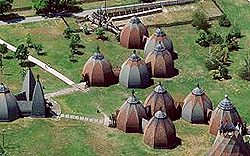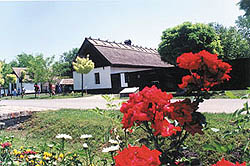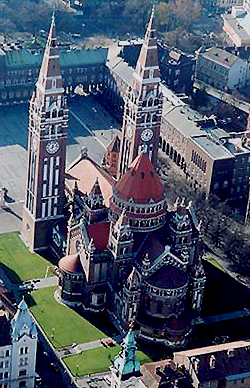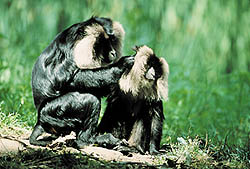Popular destinations nearby
Szeged,
Hódmezővásárhely,
Makó,
Ópusztaszer,
Csongrád,
Kistelek,
Mórahalom,
Szentes
|
Poet Juhász Gyula was born in the county, which is lying in the lowest territory of Hungary. This region is often mentioned in his poems: sometimes he writes about the life in the large town of Szeged, he also has melancholic poems about the region of the river Tisza or he even evokes the figures of the seven chieftains of the Hungarian tribes on the plain of Pusztaszer.
According to the legends, the conquering Hungarian tribes decided on the division of accommodation for the tribes near Ópusztaszer. To commemorate this event, the National Historical Memorial Park was established here. The museum houses collections of archaeology, history, art, science and ethnography, but cultural programmes are also held here.
In the territory of the Memorial Park an open-air museum of ethnography was established presenting articles, tools, furniture from the beginning of the 1900's. Here you can find the monumental, romantic circular panorama painting called Magyarok bejövetele (the Hungarian conquest) by Árpád Feszty. The park also presents the nomadic farming of the famous Hungarian grey cattle.
The county seat is Szeged, the oldest monument of which is the Romanesque Dömötör tower. The Orthodox Serbian church was built in baroque style, but its iconostas is characterised by the lacy, delicate decorations of rococo. The secessionist Reök Palace by Ede Magyar was built at the beginning of the 19th century. The most monumental work of 20th century ecclesiastical architecture is the Cathedral of Szeged. The decorations on the two side entrances are symbolic: the western side represents war, the eastern one is the symbol of peace. The cityscape is dominated by the cathedral red in colour. The largest theatre festival of Hungary is held at the Open-air Theatre of Szeged. The idea of the festival was initiated by Gyula Juhász in 1926, the first performance was held in 1931 and it has been organized every year since then. The square of the church surrounded by arcades has excellent acoustics. It is advisable to book the tickets for the unforgettable performances well in advance.
In the Zoo of Szeged you can see animals living in Hungary, as well as species living in far-away countries: maned wolves, guanacos, water-pigs, tapirs. Makó is not only famous for onions grown there, but also for the Onion house designed by Imre Makovecz. In the building with an onion-shaped cupola cultural programmes are held. In the town of Csongrád, which the county is named after, you can find the remains of the mediaeval Ellés monastery. The name of the monastery built on the bank of the river Tisza probably comes from the Latin Achilleus. A significant monument of the town is the statue of the Tisza by Tibor Borbás: the female figure with the drapery waving around both represents the tragedies caused by the Tisza and the gentle calmness of the river. Lodgings in Csongrád county: Sights in Csongrád county: |
Csongrád county map nagyítása >>
in Csongrád county:
|
|
|
Hungary - Csongrád county |
|
|
|
||
|
Saturday, 20. December 2025. - 01:08:20 |
||




